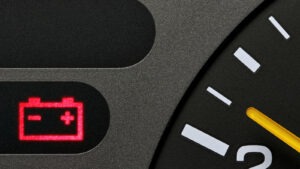Imagine you’re out on the open road in your stylish Audi when all of a sudden, a dashboard light begins to flicker. Why does that matter? Is there a problem? The warning lights on your Audi act as a kind of communication. When anything requires your attention, they illuminate to let you know. Think of them as the emojis on your automobile but with symbols and colours instead of cheerful faces. Some just provide information and are green or blue, like your turn signal. Others, though, are yellow or red, indicating that something has to be fixed immediately.
We’ll lead you through the confusing system of Audi warning lights in this article. We’ll interpret their meanings, explain their causes, and even offer some advice on how to handle them. Join us as we explore the world of Audi warning lights by fastening our seatbelts!
Table of Contents
Understanding Audi Warning Lights
Audi warning lights come in a variety of colours and symbols and function much like your car’s manner of communicating with you. What some of the common ones mean is as follows:
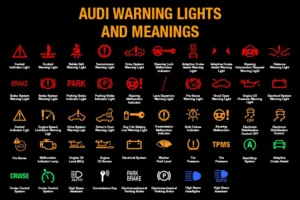
1. Check Engine (Yellow/Amber) Light:
This suggests that your engine or emissions system may be having a problem. To avoid more serious problems, it is a good idea to get it checked.
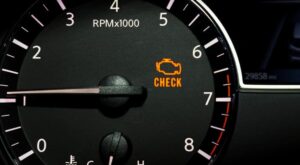
2. Oil Pressure Alert Light (Red):
This indicates low oil pressure, which might harm your engine when it illuminates. Check your oil levels right away and then stop driving.
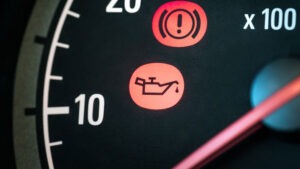
3. Warning Light For Coolant Temperature (Red):
When this light illuminates, your engine is overheating. You need to stop the engine immediately and cool it for some time.

4. Battery Light (Red):
This suggests that there is an issue with your charging system. Alternator or battery failure could be the cause. Get it looked at right away to prevent a dead battery.
5. Brake System Warning Light (Red or Yellow):
While a yellow light may indicate low brake fluid, a red light may indicate a significant brake problem. If it’s red, safely stop and get assistance.
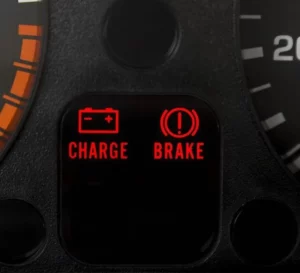
6. Yellow/Amber ABS (Anti-lock Braking System) Light:
The ABS system may have a problem, according to this. Although you should still be able to brake, have it checked.
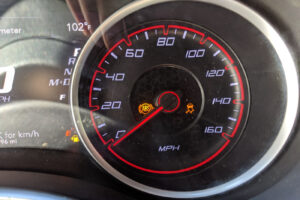
7. Yellow/Amber Tyre Pressure Monitoring System (TPMS) Light:
When your tyre pressure is too low, it alerts you. Tyres should be inflated to the required pressures.
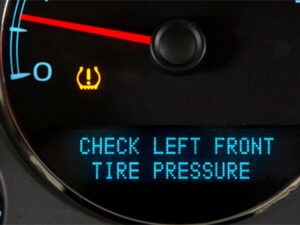
These are but a few illustrations. Always check your Audi’s owner’s manual for further explanations, and if you’re still unclear, it’s better to get the problem identified and fixed by a qualified repair.
Solutions To Fix The Audi’s Warning Lights
Although fixing Audi warning lights may seem difficult, you can frequently handle these problems on your own. Here are a few straightforward steps in plain language:

1. Check Your Petrol Cap:
A loose gas cap can be the cause of your check engine light. The petrol cap should be tightened until it clicks. Drive for a few days; if the light doesn’t come on, the issue is fixed!
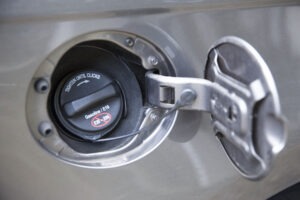
2. Examine Fluid Levels Under Different Lights:
Warning lights can be activated because of the low fluid levels. Find the oil, coolant, and brake fluid dipsticks or reservoirs by opening the hood of your car. According to the instructions in your car’s manual, top off any low levels.
3. Refill Tyres:
Your tyres are out of air if your tyre pressure light illuminates. To check the pressure and inflate the tyres to the levels advised (found in the car manual or on a sticker in the door jamb), use a tyre gauge.

4. Charge Or Replace The Battery
Your battery may be weak if the battery light comes on. Give it a boost by charging a battery. If it’s outdated, think about replacing it.

5. Check The Brake Pads:
Your brake pads may be worn if your vehicle has a Brake Wear light. Lift your car up safely, take off the wheel and check the brake pads. Replace them if they are thin (often less than 1/4 inch).
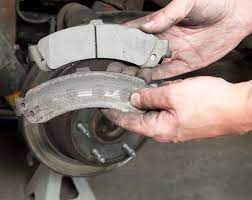
6. Lookup Error Codes:
Purchase an OBD-II scanner (you can purchase these online for a reasonable price). It will give you fault codes when you plug it into your car’s OBD port, which is often under the dashboard. To find the problem, look up these codes in the manual or online for your automobile.

7. When In Doubt, Seek Professional Advice:
It is advised to get advice from an Audi-certified mechanic if you are unable to determine the issue or if the warning light is a crucial one (such as the red one). To identify and resolve complicated problems, they have specialised equipment and knowledge.

8. Consistent Upkeep (Preventive Measure):
Follow the maintenance schedule for your car to avoid warning lights. Many warning lights can be avoided altogether with routine maintenance like oil changes, brake inspections, and general upkeep.
Keep in mind that your Audi’s warning lights are essentially saying, “Hey, pay attention!” If you take care of them straight away, you can keep your Audi running flawlessly and stop greater problems from emerging later.
Repairing Cost To Fix The Warning Lights
Fixing the warning lights on your Audi doesn’t have to be expensive. What’s wrong determines the price. Simple tasks like topping off your fluids could cost anywhere from $20 to $100. Expect to pay between $100 and $300 if there is a sensor or electrical problem. Replacement brake pads can cost between $150 and $300 per axle. Replacement batteries often cost between $100 and $300. It could cost $50 to $150 to have a professional diagnose your vehicle.
Keep in mind that repairing these lights now can prevent more costly repairs later. Don’t disregard them, then!
Is It Safe To Drive With The Audi Warning Lights On?
Depending on the colour of the light, you can drive with Audi warning lights on. The majority of the time, you can drive safely if it is green or blue, like your turn signal. However, if it’s yellow or red, it’s as if your car is signalling “Stop, something’s wrong!” Driving while these lights are on is dangerous since they signal issues like engine difficulty or low oil pressure. It is preferable to stop, inspect your vehicle, and then request assistance if you are unsure of the problem. It’s safer to play it safe and get them checked rather than risk worse, more expensive issues by ignoring these lights.
Conclusion:
Your best co-pilot in the world of Audi warning lights is information. Ignoring these lights can result in more serious issues because they act as quiet messages for your car. Your Audi will remain secure if you comprehend what they signify, deal with the causes right away, and get assistance if required. So be on the lookout, take care of your vehicle, and relish the journey!

